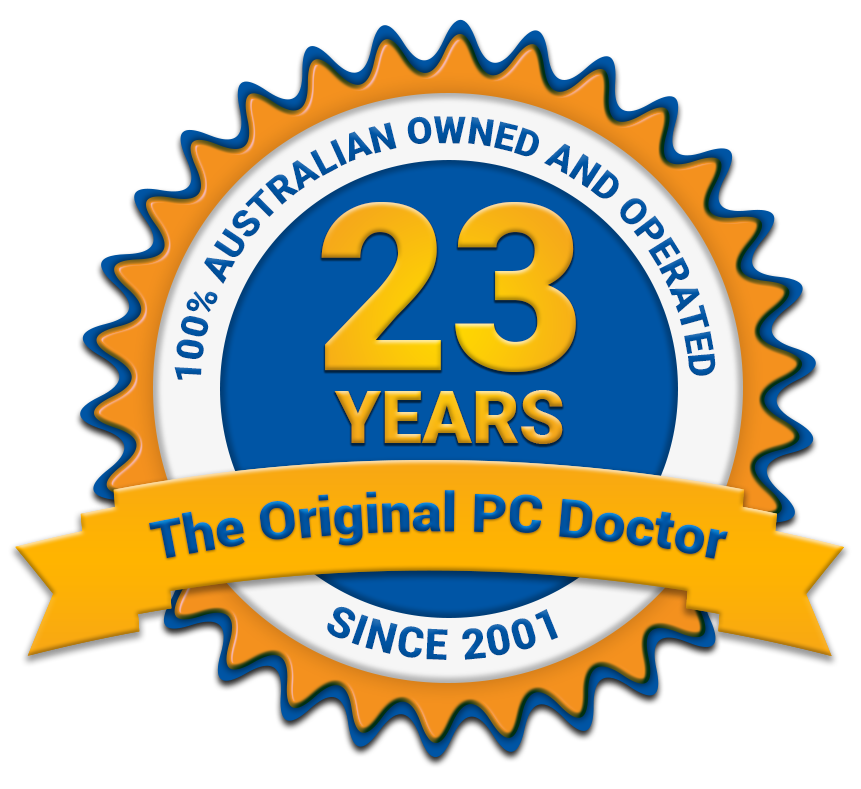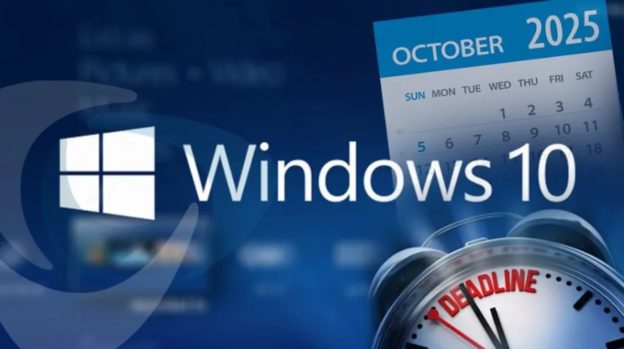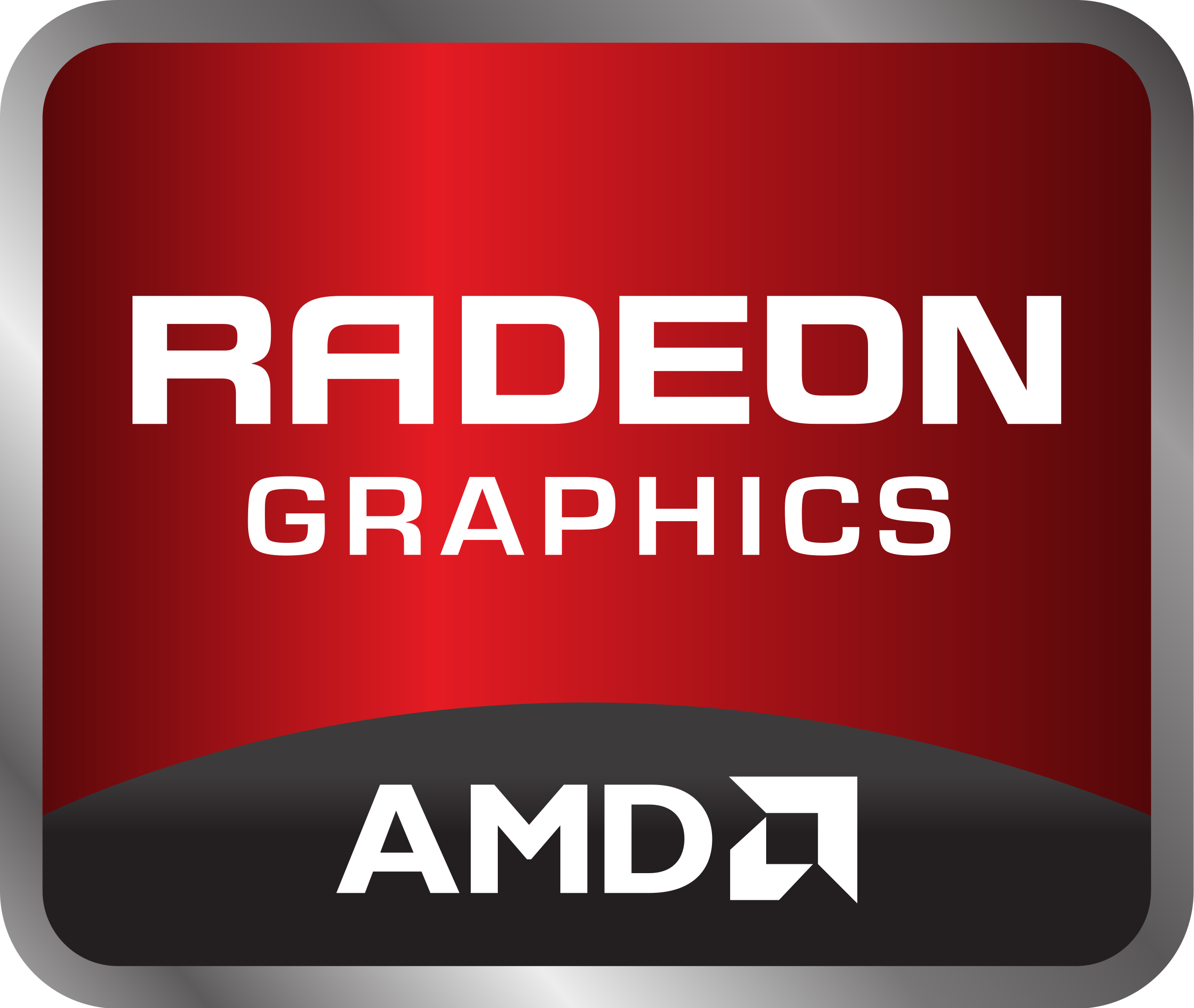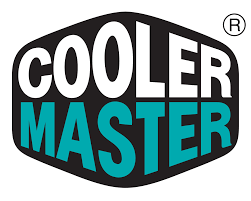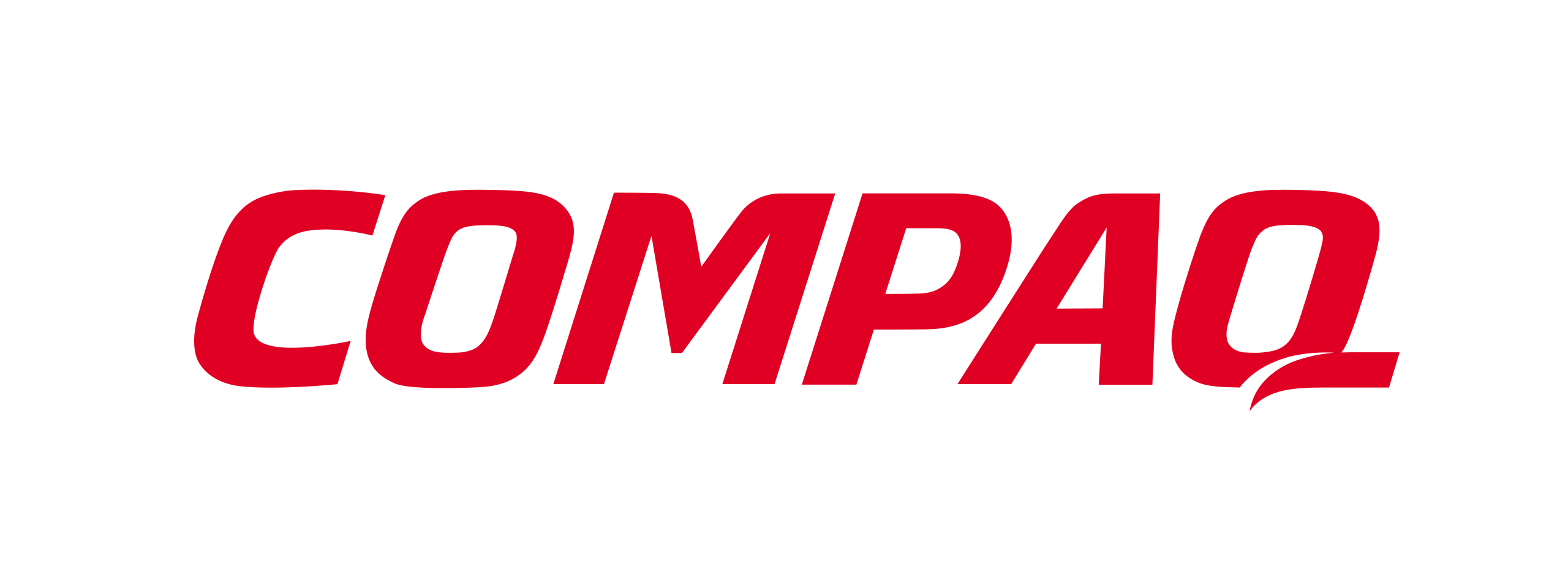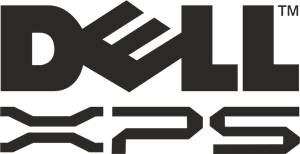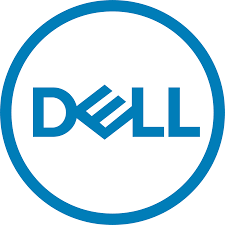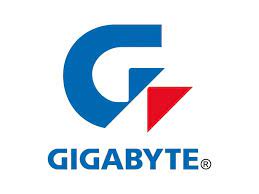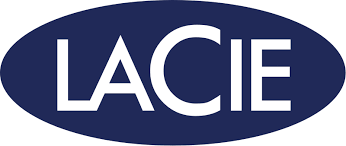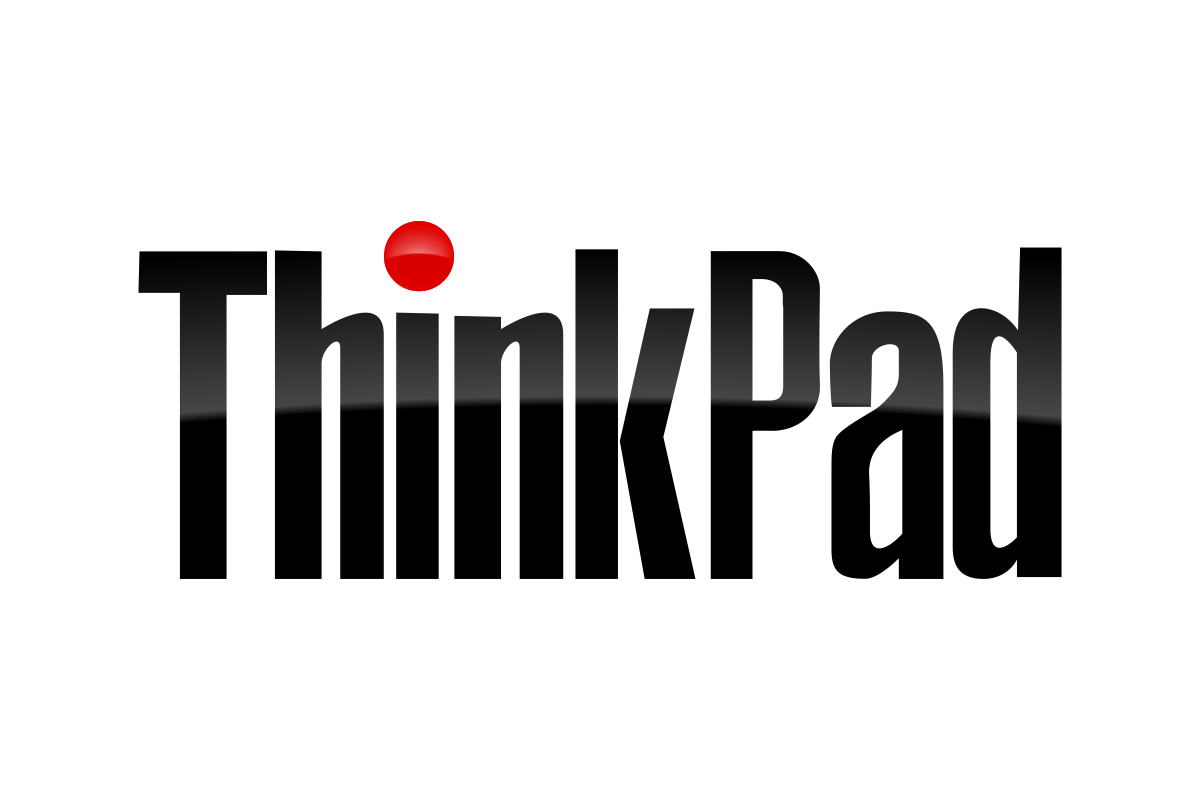Building a PC can be a rewarding experience, allowing you to customize your computer to your specific needs and preferences. However, it requires careful planning, research, and some technical knowledge. Here’s a general overview of the process:
1. Planning and Research:
- Define your budget: This will determine the components you can choose from.
- Identify your needs: Consider what you’ll be using the PC for (gaming, video editing, work, etc.) and choose components accordingly.
- Research individual components: Read reviews, compare specifications, and ensure compatibility between parts. Popular review websites include Tom’s Hardware: https://www.tomshardware.com/ and PCMag: https://pcmag.com/.
2. Gathering Components:
- Central Processing Unit (CPU): The brain of the computer, responsible for processing instructions.
- Motherboard: Connects all other components and determines their compatibility. Choose a motherboard compatible with your chosen CPU.
- Memory (RAM): Temporary storage for running programs. More RAM generally improves performance.
- Storage (SSD or HDD): Where your operating system, programs, and files are stored. SSDs are faster but pricier than HDDs.
- Graphics Processing Unit (GPU): Essential for graphics-intensive tasks like gaming or video editing. Not mandatory for basic use.
- Case: Houses all the components and provides cooling. Choose a case with good airflow and enough space for your chosen components.
- Power Supply Unit (PSU): Provides power to all components. Choose a PSU with enough wattage to handle your system’s power requirements.
- Cooling System: Keeps your CPU and other components from overheating. Options include air coolers or liquid cooling systems.
- Operating System (OS): Software that manages the computer’s resources. Popular options include Windows and macOS (for compatible Apple computers).
3. Building the PC:
- Gather your tools: You’ll need a screwdriver, zip ties, and possibly thermal paste for the CPU cooler.
- Follow the instructions: Most components come with manuals or online guides. Ensure you follow the steps carefully to avoid damaging components.
- Install the CPU: Carefully place the CPU into the motherboard socket, following the specific instructions.
- Install the CPU cooler: Apply thermal paste (if required) and attach the cooler according to the manufacturer’s instructions.
- Install the RAM: Insert the RAM modules into the designated slots on the motherboard, ensuring they click into place.
- Install the storage drive: Mount the SSD or HDD into the designated bay in the case and connect it to the motherboard using SATA cables.
- Install the GPU (if applicable): Insert the GPU into the PCIe slot on the motherboard and secure it with screws.
- Connect the power supply unit: Connect the PSU cables to the motherboard, CPU, storage drive, and GPU according to the pin layout and connector types.
- Install the case fans: Mount the case fans in designated locations to ensure proper airflow within the case.
- Connect peripherals: Connect your monitor, keyboard, mouse, and other peripherals to the appropriate ports on the back of the case.
- Install the operating system: Follow the instructions for your chosen OS to install it on your new PC.
Additional Tips:
- Take your time: Don’t rush the process to avoid making mistakes.
- Double-check connections: Ensure all cables are securely connected to avoid potential issues.
- Manage cable management: Organize cables neatly to improve airflow and aesthetics.
- Ground yourself: Touch a metal part of the case occasionally to prevent static discharge that could damage components.
- Seek help if needed: If you’re unsure about any step, consult online tutorials, forums, or seek help from a friend or professional.
Building a PC can be a fun and educational experience. However, it’s important to be prepared and cautious throughout the process. Remember, research thoroughly, plan carefully, and don’t hesitate to seek help if needed.
Need help with your technology? Call 1300-723-628 today for a free, no-obligation quote from your trusted local PC doctor computer repair technician.





